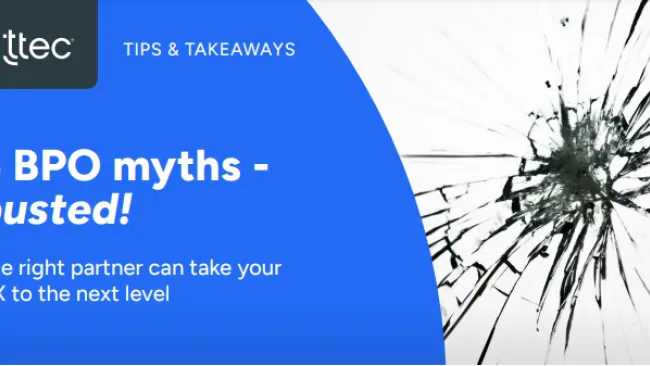The fight for customers is fierce – especially now – when consumers are changing the way they shop, buy, and interact with brands.
Most companies that used to sell predominantly face-to-face just a few short months ago shifted to ‘digital-first selling’ virtually overnight. And while some are getting it right, many companies are still trying to smooth out the kinks, often losing customers along the way.
Sales leaders who acclimate to selling in today’s new normal (and tomorrow’s next normal) hold the upper hand in attracting, converting, and retaining devoted customers in an environment where brand disloyalty is at an all-time high. Tactics like indirect sales and inside sales can help sales leaders adapt and be nimble in uncertain times. Here’s what they are, how they’re different, and why it’s smart to use a sales outsourcing partner who can help your organization do both – and more.
Indirect sales: Increase audience reach and product awareness
Contrary to selling directly to consumers, indirect sales is a process where purchases occur through a third-party (i.e. channel partners, sales partners, affiliates, or resellers).
Many companies use an indirect sales model because it’s a low-risk and low-cost way to boost audience reach and amplify awareness for their brand, products, and services. Indirect sales models tend to work well for high-commodity products like internet and cable because customers typically have less brand affinity.
There are many benefits to leaning into an indirect sales channel, like being able to increase speed to market quickly and easily by building on the relationships resellers already have with customers. Also, growing organizations can leverage the third-party’s established logistical infrastructure to streamline operations fast.
Although it is a good solution for some, there are some cons to relying solely on an indirect sales model. For example, this sales model focuses on closing fast sales, rather than keeping customers happy and brand loyal. Also, it’s easy for tribal knowledge to fall through the cracks, and indirect sales sometimes create disjointed selling experiences.
Inside sales: Protect and increase revenue
Inside sales professionals sell a company’s products and services via phone, email, messaging, text, chat, social media, and other online channels. These individuals naturally possess a ‘digital-first’ sales mentality. The best inside sales associates know how to achieve customer acquisition goals via cold calls, and they can close deals over the phone and in online channels.
Increased sales productivity is a huge benefit to using an inside sales model because team members eliminate any down time associated with driving and traveling to face-to-face meetings with clients. It also provides greater scalability and provides more collaboration and coaching opportunities.
Inside sales is good for companies that are focused on digitally transforming – like technology and telecom, business services, finance and insurance, healthcare, travel and hospitality, and transportation and automotive. But relying on this sales model exclusively has its challenges. The COVID-19 pandemic forced many sales teams to quickly learn to become inside sellers, which requires a different skill set. Suddenly, they needed to build relationships and demo products virtually, and they had to discover new ways to keep customers’ attention despite daily distractions. Sales teams also needed to figure out how to create engaging face-to-face virtual events to make the process more personalized.
Sales outsourcing: Amplify your internal sales team
Unlike internal teams, highly-skilled sales outsourcing companies aim to hire and train sellers to become an extension of the internal inside sales team – mimicking the look and feel of those employees.
Organizations can choose to outsource the entire sales cycle, from lead gen to close, or they can entrust a certain part of the sales process to an outsourced sales provider (i.e. vertical, horizontal, or geo-related).
Outsourced sales partners use a combination of marketing, sales, and automation to identify and engage prospects ready to buy, drive sales opportunities by delivering relevant offers at the right moment (and in the right channel), and leverage proactive strategies to retain customers and grow their value over time.
When used strategically, sales outsourcing reduces or eliminates direct costs related to salaries, hiring and training, and software and technology purchases. In fact, many electronics, communications, and hi-tech companies outsource sales to replace or supplement internal resources with greater functionality and expertise from an outside partner. Often, this is done when companies introduce new products/services requiring different sales skills or when they enter new markets.
Realize sales goals now, next, and beyond
Rather than rely solely on indirect sales channels and resellers or an internal inside sales team, partnering with an outsourced sales provider for inside sales is always a win-win-win. Sales leaders can scale their teams almost immediately, gaining sales professionals who are highly skilled in the art of selling remotely or in-person, and they already have deep expertise in the latest selling tools and technology.















